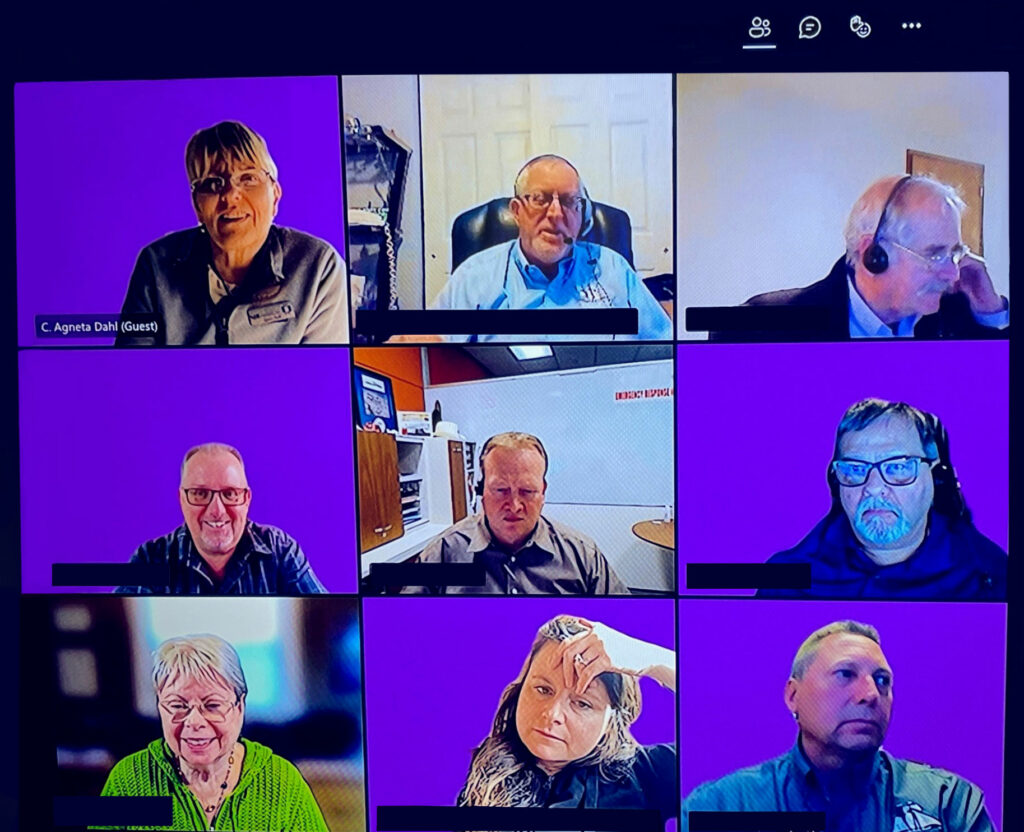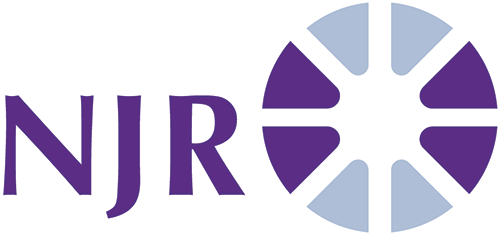Since the start of the COVID-19 pandemic, the incident management industry has revolutionized the way we practice and respond to incidents. Once performed in large Incident Command Posts (ICPs), the pandemic has now prevented face-to-face gatherings of Incident Management Teams (IMTs). As an industry, we’ve had to rethink the approach without reducing the effectiveness of the response.
You can now manage your exercise and/or real response virtually. Your IMT members can work safely from any location while engaging with each other in using the same established Incident Command System (ICS) processes. NJR has worked extensively to establish an effective Virtual Incident Command Post (VICP) concept:
- Move about within a virtual space that mirrors a traditional physical ICP
- Conduct virtual conversations and ICS Planning Cycle Meetings
- Share files
- Collaborate to jointly complete standard ICS forms and develop plans
Don’t let size stop you – NJR has facilitated 2 exercises with over 300 participants each. We can also manage hybrid type events involving a combination of both physical and virtual participants.
In our most recent event, these efforts were put to the test over a 3-day period from March 23 to March 25, 2021, when over 400 participants from the United States, Canada, Australia, and Norway came together under a Unified Command to respond to a large, simulated spill in Prince William Sound, Alaska. Every responder logged in to the VICP, but some were also able to co-locate, under strict COVID-19 protocols. For example, IMT members joined the Valdez Emergency Operations Center where the initial response team came together immediately upon notification of the response, as well as personnel in Houston where the Salvage Team worked together from their offices. Consequently, this became a test of not only the VICP, but also how to support a hybrid IMT with some personnel being co-located, and others stand-alone in their home offices, otherwise known as a Hybrid Incident Command Post (H-VICP).

Participants unanimously deemed the event a success and gave overwhelmingly positive feedback on the VICP, and the processes developed to allow ICS to be used in a virtual environment. Additionally, the responders who were co-located found it easy to interact not only with the responders in the room with them, but also with the rest of their teams via the VICP.
In addition to validating the concept of a VICP, we have discovered additional benefits to it. The VICP allows the responsible party, contractors, and others to respond almost immediately, as travel and location of the responders is no longer an issue. This significantly reduces the time an IMT needs to transition from a reactive to proactive response and form an effective Unified Command with all partners fully engaged. Additionally, the VICP does not have any capacity restrictions as a physical ICP does, so as the response grows, the disruption of having to move to a larger Command Post is no longer an issue. Furthermore, a local response can easily be augmented with global responders as the VICP allows effective work across time zones. Conceptually, no responder would have to work at night, as shift changes can move with the global clocks allowing responders to work aligned with their biorhythms.
As recently published in the Washington Post, experts believe that even post-pandemic, the paradigm shift of remote work will remain. The benefits of the VICP will support that paradigm shift and we will continue to work with our clients to further enhance the VICP and its processes in the spirit of continuous improvement.

